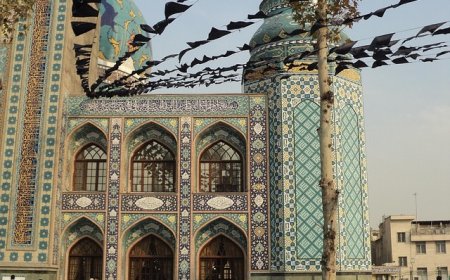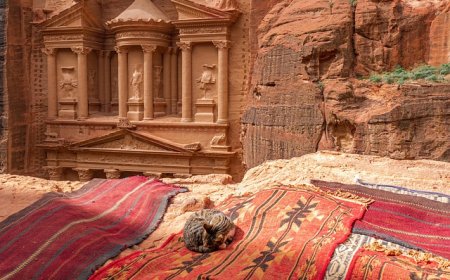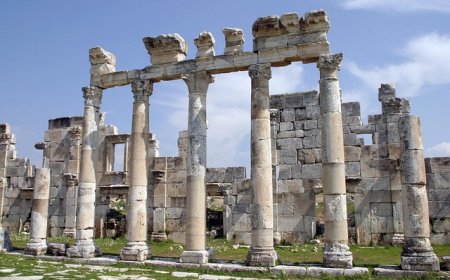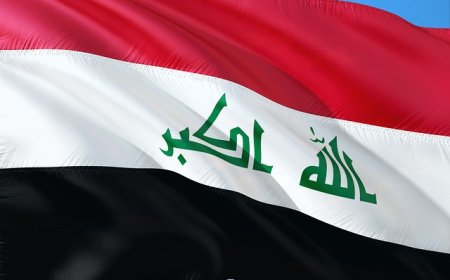Maldives for Students: Geography, Culture, and Life on the Coral Islands
Discover Maldives for kids. Learn about coral islands, beaches, and Maldivian culture. Includes fun facts, vocabulary words, and a quiz.
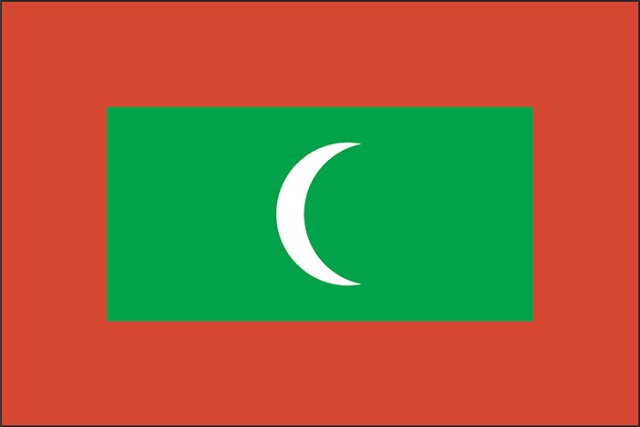
🇲🇻 Maldives: The Island Paradise of the Indian Ocean
Introduction
The Maldives is a small island nation in the Indian Ocean, southwest of India and Sri Lanka. Known for its clear blue waters, white sandy beaches, and coral reefs, the Maldives is one of the most beautiful—and most fragile—countries in the world.
Made up of 1,192 coral islands grouped into 26 atolls, the Maldives stretches across the equator like a sparkling chain of pearls. Though only about 200 islands are inhabited, the Maldives is home to over 500,000 people and welcomes millions of visitors each year.
Geography and Environment
The Maldives is the lowest country on Earth, with no mountains or hills. Most islands are just 1 to 2 meters (3 to 6 feet) above sea level. Because of this, the country is at high risk from rising ocean levels caused by climate change.
The islands are made of coral reefs, which protect the land and provide homes for colorful fish, turtles, dolphins, and even sharks. These reefs are not only important for sea life—they also attract scuba divers and tourists from around the world.
The Maldives has a tropical climate, with warm temperatures all year. The dry season lasts from November to April, while the wet season brings heavy rain and storms from May to October.
Cities and Regions
The capital of the Maldives is Malé, one of the smallest but most densely populated capitals in the world. It’s a lively city with markets, mosques, and government buildings, all packed onto one tiny island.
Other inhabited islands have fishing villages, small schools, and sandy roads. Some islands are resort islands, where visitors stay in overwater bungalows and enjoy snorkeling, diving, or just relaxing.
Transportation between islands is done by boat, ferry, or seaplane, and life on each island feels like its own small community.
People, Language, and Culture
The people of the Maldives are called Maldivians. Most are ethnically South Asian, and the culture is influenced by Arab, Indian, Sri Lankan, and African traditions.
The national language is Dhivehi, which uses its own unique script. English is widely spoken, especially in schools and tourism.
Islam is the official religion, and nearly all Maldivians are Sunni Muslims. Religion plays a major role in daily life. People attend prayers at the mosque, dress modestly, and celebrate religious holidays like Eid al-Fitr and Eid al-Adha.
Traditional Maldivian music and dance include boduberu, which features rhythmic drumming and singing. Storytelling, boat-building, and weaving are also important parts of local culture.
Food and Daily Life
Maldivian food is fresh and full of flavor. The main ingredients are fish (especially tuna), coconut, rice, and spices.
Common dishes include:
- Mas huni – shredded smoked tuna mixed with coconut and onion
- Roshi – flatbread eaten with curries
- Garudhiya – a clear fish soup often served with rice and lime
- Hedhikaa – small fried snacks like fish cakes and samosas
Fishing has been a traditional job for centuries, and it’s still one of the country’s biggest industries. Tourism is also very important to the economy. Many Maldivians work at resorts, hotels, or airports.
Children go to school wearing uniforms and study Dhivehi, English, math, science, and religion. On weekends and holidays, families spend time at the beach or enjoy local festivals and meals together.
History of the Maldives
The Maldives has been settled for over 2,000 years, likely by seafarers from India and Sri Lanka. Over time, it became an important stop for traders traveling across the Indian Ocean.
In the 12th century, the Maldives converted to Islam, and the country was ruled by sultans for hundreds of years. Later, it became a British protectorate, meaning it was guided by Britain but not fully ruled by it.
The Maldives gained full independence in 1965 and became a republic. Today, it has an elected president and parliament.
While the Maldives has made great progress in tourism and development, it also faces serious challenges, including climate change, rising seas, and the need to protect its fragile coral reefs.
Nature and Climate Challenges
The Maldives is a natural paradise—but it’s also one of the most climate-vulnerable nations in the world.
Because the islands are so low, even small rises in sea level could make them unlivable. The government works with scientists and world leaders to raise awareness and prepare for the future.
At the same time, many Maldivians are working to protect coral reefs, reduce plastic pollution, and promote sustainable tourism that doesn’t harm nature.
Visitors are encouraged to respect the environment, use reef-safe sunscreen, and avoid damaging coral when swimming or diving.
Vocabulary List
| Word | Definition |
|---|---|
| Atoll | A ring-shaped group of coral islands around a lagoon |
| Coral reef | A colorful underwater structure made of coral that provides a home for sea life |
| Dhivehi | The national language of the Maldives |
| Seaplane | A plane that takes off and lands on water |
| Mas huni | A Maldivian dish made with tuna and coconut |
| Boduberu | Traditional Maldivian music and drumming |
| Climate change | Long-term changes in Earth’s weather patterns caused by human activities |
| Carbon footprint | The amount of carbon dioxide a person or country adds to the atmosphere |
👧🧒 Kid-Friendly Summary
The Maldives is a country made of tiny islands in the Indian Ocean. People there live near beaches, fish in the sea, and speak a language called Dhivehi. Tourists visit to swim, dive, and enjoy the pretty water.
But the Maldives is very low and could flood if the ocean rises too much. That’s why people work hard to keep nature clean and safe. Life there is peaceful, sunny, and full of beautiful sea creatures!
🧠 Interactive Quiz: What Do You Know About the Maldives?
1. What ocean surrounds the Maldives?
A) Atlantic Ocean
B) Arctic Ocean
C) Indian Ocean
D) Pacific Ocean
2. What is an atoll?
A) A type of boat
B) A coral island group around a lagoon
C) A school building
D) A type of tree
3. What language do Maldivians speak?
A) Hindi
B) Tamil
C) Dhivehi
D) Sinhala
4. What is Malé?
A) A type of food
B) A coral reef
C) The capital city
D) A holiday
5. What religion is followed by most people in the Maldives?
A) Hinduism
B) Buddhism
C) Islam
D) Christianity
6. What is a seaplane used for in the Maldives?
A) Planting rice
B) Traveling between islands
C) Making music
D) Cleaning beaches
7. What dish is made with tuna and coconut?
A) Mas huni
B) Pizza
C) Sushi
D) Curry puff
8. Why is the Maldives worried about climate change?
A) There are too many mountains
B) It may get too cold
C) The islands could flood from rising seas
D) Trees are growing too fast


















































